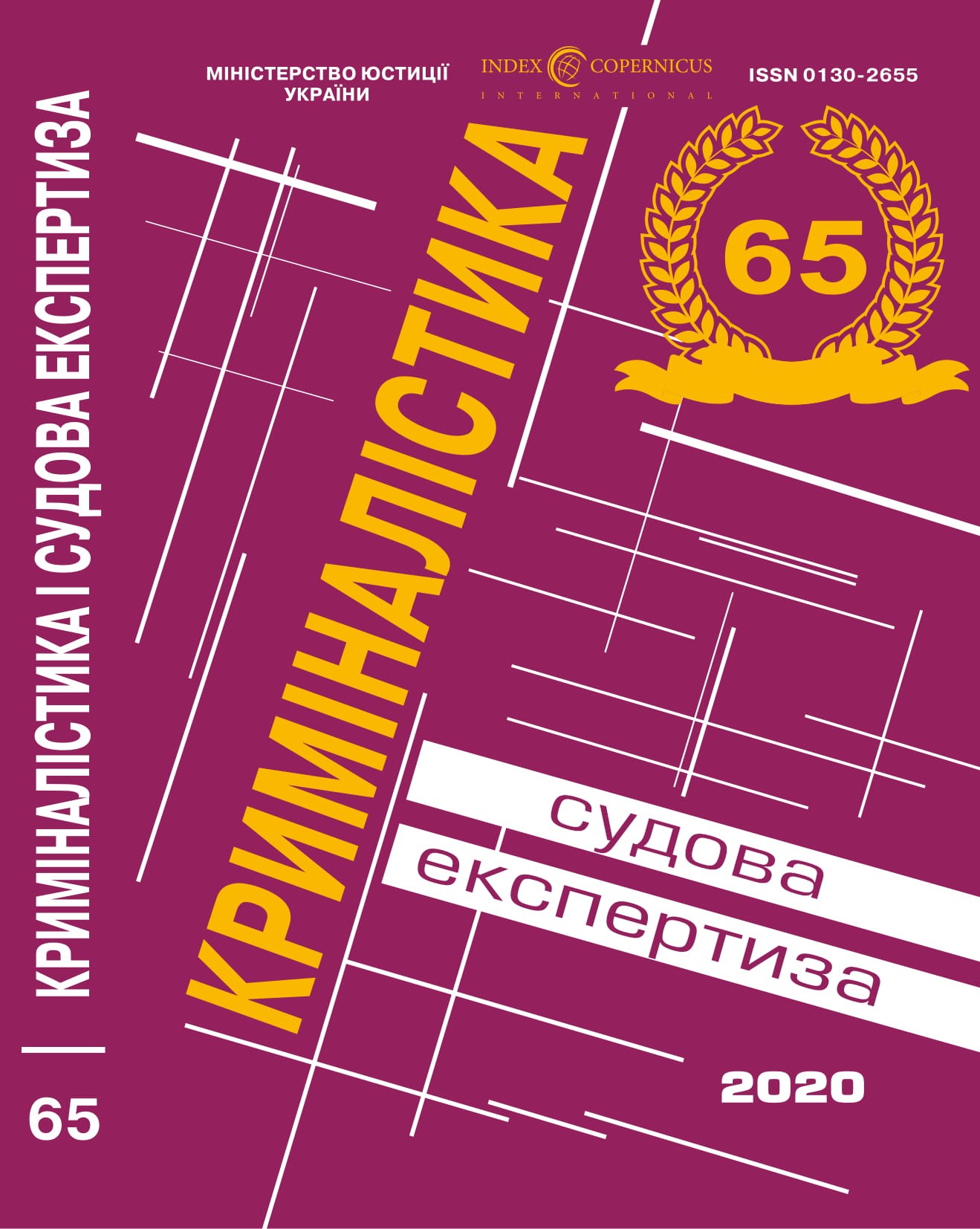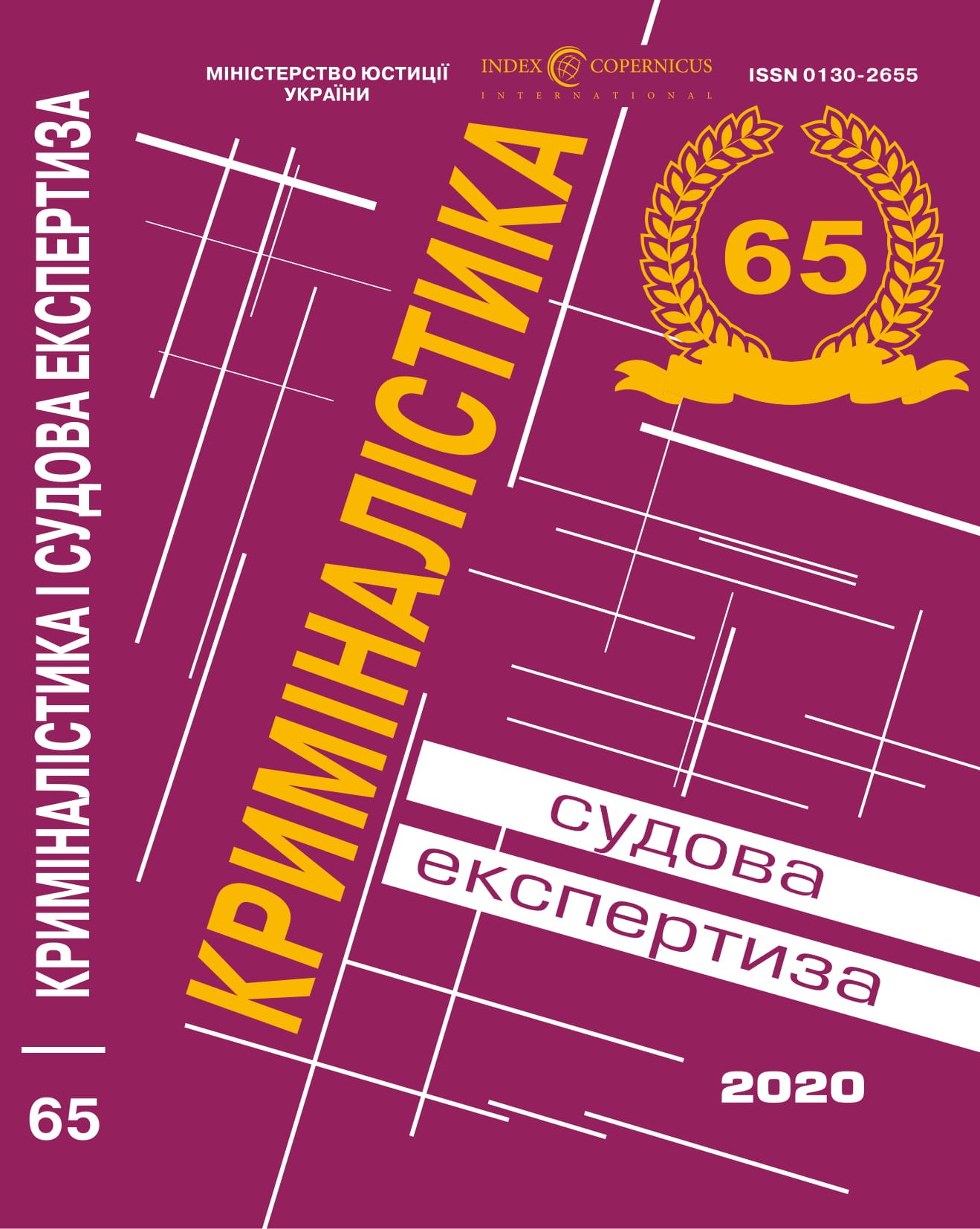DOI: https://doi.org/10.33994/kndise.2020.65.34
V. Bolshakov, Yu. Maznichenko, Yu. Holub, M. Molyboha, I. Samoilenko
The systematic analysis of the world experience of civilian use of knives not as cold weapons showed that at present the knife did not become the main attribute of equipping tourists, fish men and even hunters. In particular, today there are very few types of hunting, during which the knife is used to finish off the beast or to protect against it.
At the same time, as the practice of hunting management proves, during hunting there are many uses for the knife, even without considering it as a means for cooking. This, in particular, sharpening various stakes (for a tent, a hut, a campfire), skinning a game, preparing chips for a fire, scraping ice from skis or marsh mud from shoes.
To do this, in accordance with current state technical standards, any folding knife must have a lock, and the blades of all knives must be of sufficient thickness so as not to break from the load. Handles of hunting knives should be comfortable to hold so that your hand will not get tired during long-term work. For all knives, according to the technical requirements, the length and thickness of the blade must be consistent, as well as the angle of inclination of the tip relative to the axis of the blade.
With regard to the above, an interesting example is the collection of knives by the Swedish company Eriksson, consisting of four models, made in the configuration of the Swedish finca. The knives have a handle and a blade of a classic Finnish knife, but with a one-sided stopper. Their blades, depending on the color of the handle, are made of different types of steel. Knives with blue plastic handles have stainless steel blades, and knives with red handles are made of carbon steel.
It is believed that in Sweden almost every construction worker walks with such a knife in his pocket. It should be noted that according to the current method of forensic investigation of cold weapons and structurally similar products in it, these knives can be attributed to cold weapons by the size of the blade.
It is also interesting an urban-type knife, which is not a cold weapon of the Worden Tactical Medium Company. Renowned wizard Kelly Warden, an instructor for American Rangers, designs this knife. Since 2001, Kelly Warden has been the main consultant on impact and blade weapons of Detachment 1 of the US Special Forces. He trains Special Forces hand-to-hand combat with the use of a knife, machete, baton, sticks, as well as the method of forceful detention. The blade length of the knife described is 74 mm, thickness – 3.8 mm; the handle has a sub-finger protrusion to prevent the arm from slipping on the blade. The knife does not have a standard stopper, which, in addition to protecting it from slipping the hand on the blade, must prevent the hand from sinking into the victim’s body. By all measures, this knife is not a cold weapon in accordance with the requirements of the criminal law of Ukraine.
Kelly Warden believes that the knife as a means of self-defense levels the difference in weight, height and physical strength, but its main drawback is its damaging ability. The proposed article is devoted to this circumstance, the definition of the role of the restrictor in classifying a knife as a cold weapon.
Key words: limiter, short-bladed edged weapon.


